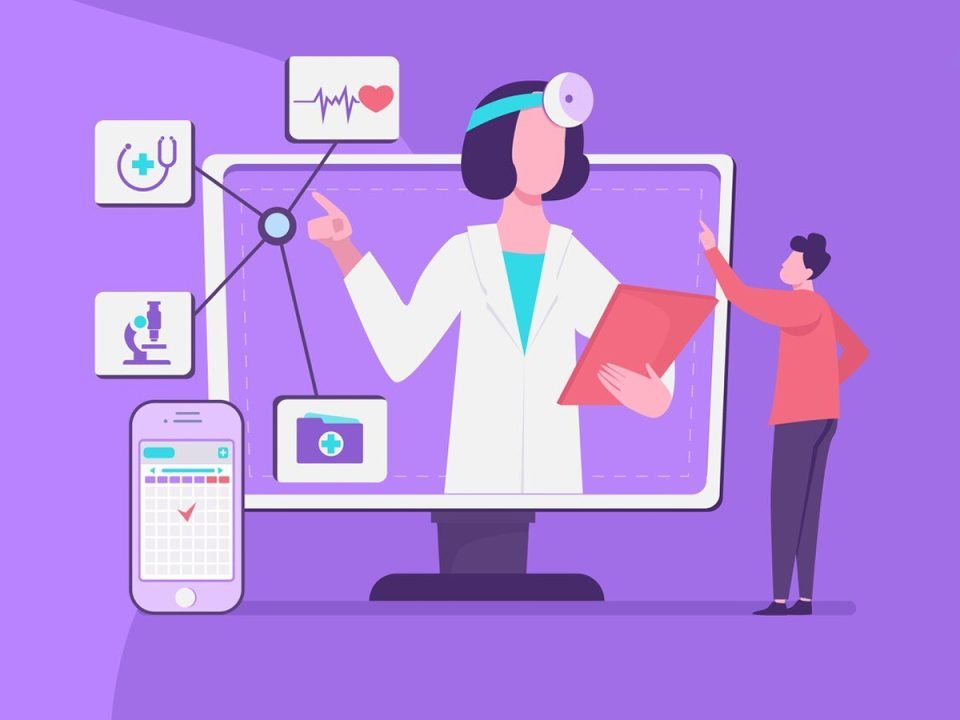The healthcare industry is undergoing a rapid digital transformation, with interoperability emerging as a critical factor in enhancing operational efficiency and patient care. One of the key areas where interoperability plays a crucial role is in payment platforms within healthcare. As medical services become increasingly digitized, the need for seamless, secure, and interoperable payment systems has grown significantly. These systems ensure smoother financial transactions, reduce administrative burdens, and enhance the overall patient experience.
Understanding Interoperability in Healthcare Payments
Interoperability in healthcare payment platforms refers to the ability of different systems, providers, and stakeholders to communicate and exchange financial data efficiently. This involves integrating diverse electronic health records (EHRs), insurance claims processing systems, government payment schemes, and private financial institutions to create a unified payment ecosystem. Achieving such interoperability ensures that all stakeholders—including patients, providers, insurers, and regulators—can access and process payment-related data without unnecessary delays or discrepancies.
The Need for Interoperable Payment Platforms
1. Eliminating Administrative Inefficiencies
Traditional healthcare payment systems are often fragmented, requiring multiple manual processes for claims submission, verification, and reimbursement. This inefficiency leads to delayed payments, errors in billing, and increased administrative costs. Interoperable payment platforms help automate these processes, ensuring faster and more accurate transactions.
2. Enhancing Patient Experience
Patients often face challenges when navigating healthcare payments due to lack of transparency, complex billing structures, and discrepancies between insurers and providers. Interoperability simplifies the payment process by integrating various payment methods, insurance policies, and healthcare providers into a seamless network, thus enhancing patient satisfaction.
3. Reducing Fraud and Errors
A lack of interoperability can lead to billing errors, duplicate payments, and fraudulent claims. Interoperable payment platforms utilize blockchain technology, artificial intelligence (AI), and machine learning (ML) to enhance security, detect anomalies, and prevent fraudulent transactions.
4. Compliance with Regulatory Standards
Government regulations such as the Health Insurance Portability and Accountability Act (HIPAA) and the 21st Century Cures Act emphasize data security and interoperability. Healthcare payment platforms must comply with these standards to ensure secure transactions and protect patient information.
Read More: Protecting Private Equity Firms in a Complex Threat Landscape
Key Components of an Interoperable Payment Platform
1. Standardized Data Exchange
Interoperability requires a standardized format for financial data exchange, such as the Fast Healthcare Interoperability Resources (FHIR) and Health Level Seven (HL7) standards. These frameworks ensure that payment data can be shared across different platforms without compatibility issues.
2. Application Programming Interfaces (APIs)
APIs play a crucial role in facilitating seamless communication between different payment platforms, EHRs, and insurance providers. Open APIs enable real-time data sharing, automated payment processing, and integration with various financial institutions.
3. Blockchain Technology
Blockchain provides a decentralized and transparent system for managing financial transactions in healthcare. By leveraging smart contracts and immutable ledgers, healthcare providers can securely process payments, track billing records, and prevent fraud.
4. Artificial Intelligence and Machine Learning
AI and ML can automate claims processing, detect fraud, and optimize revenue cycle management. These technologies help in identifying patterns, predicting payment delays, and enhancing the overall efficiency of payment platforms in healthcare.
5. Cloud-Based Payment Solutions
Cloud computing enables healthcare organizations to store, manage, and process financial transactions securely. Cloud-based payment platforms provide scalability, reduce infrastructure costs, and offer real-time access to payment data across multiple stakeholders.
Future Trends in Interoperable Payment Platforms
Adoption of Decentralized Finance (DeFi) Solutions
DeFi technologies, powered by blockchain, are gaining traction in healthcare payments. These solutions provide faster, more transparent, and cost-effective payment methods without intermediaries.
Expansion of Digital Wallets and Mobile Payments
Digital wallets and mobile payment solutions are becoming more prevalent in healthcare, allowing patients to pay for services seamlessly using smartphones and contactless payments.
AI-Driven Predictive Analytics
AI-powered predictive analytics can optimize payment workflows, forecast revenue cycles, and enhance fraud detection capabilities, leading to more efficient financial management.
Government-Led Interoperability Initiatives
Governments worldwide are advocating for greater interoperability in healthcare payments through policy frameworks and incentive programs. Future regulations may mandate standardized APIs, data-sharing agreements, and cross-platform integrations.
Developing interoperable payment platforms in healthcare is essential for improving efficiency, reducing costs, and enhancing patient satisfaction. By leveraging standardized data exchange, APIs, blockchain, AI, and cloud-based solutions, healthcare organizations can create a seamless payment ecosystem that benefits all stakeholders. However, challenges such as data security, integration complexity, and regulatory compliance must be addressed to achieve full interoperability.
Read More : Global Fintech Interview with Jeremy Ung, Chief Technology Officer at Blackline
[To share your insights with us, please write to psen@itechseries.com ]
